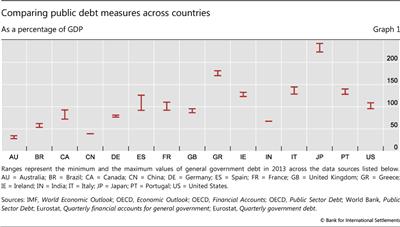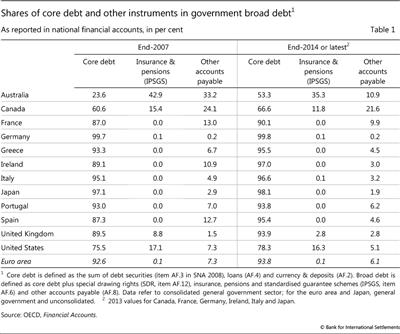The Federal Reserve will announce this week if it will hike interest rates for the first time since 2006 or leave them unchanged at near zero since 2008 (SEE: David Stockman to Federal Reserve: Raise interest rates next week). If the United States central bank does decide to lift interest rates by between 25 and 100 basis points, it could cost indebted consumers billions of dollars extra (SEE: Federal Reserve rate hike could cost indebted consumers $9 billion per year).
But would the Fed’s rate hike have a global effect on both governments and the private sector? Yes, says a new report in the London Telegraph. It provides an array of statistics that could see debt levels rise substantially, even at a time when debt has gone up at an alarming rate since the economic collapse.
According to the newspaper, the Swiss-based Bank for International Settlements (BIS) is trembling because “debt ratios have reached extreme levels” in every part of the world. Therefore, the global economy could be vulnerable by the Fed’s monetary tightening.
Here is what the BIS said in its quarterly report:
“Aggregate private debt has barely stabilised, let alone started to correct downwards, even in the corporate sector. And government debt continues to rise steadily, in a manner reminiscent of Japan’s trend deterioration in the 1990s.”
To combat the financial crisis a few years ago, central banks and governments all over the world printed vast sums of money, reduced interest rates and accumulated enormous debt loads through stimulus measures. The United States and Japan were the biggest culprits of these acts, and now they account for close to half of the world’s entire $60 trillion debt (SEE: 5 random things for a Friday (China dumps U.S. Treasurys)). Europe and China are following suit.

Here are some interesting statistics from the report:
– Combined public and private debt has gone up 36 percent to 265 percent of gross domestic product (GDP).
– Emerging markets total debt has soared 50 percent to 167 percent; in China that number is 235 percent.
– Since 2000, credit in Asia’s emerging markets has reached $25 trillion.
– Off-shore borrowing has topped $9.6 billion.
– Dollar loans to emerging markets have doubled to $3 trillion.
– In France, non-financial debt levels have skyrocketed 75 percent to 291 percent, more than Great Britain’s 269 percent.
– EU cross-border loans rose by just under $750 billion in the first quarter, and $536 billion of this was in euro-denominated debt.

And now economies and financial markets are just relying on every coffee break and sip of water from central banks, says Claudio Borio, head of BIS economic department.
“We are not seeing isolated tremors, but the release of pressure that has gradually accumulated over the years along major fault lines,” said Borio, the bank’s chief economist. “Financial markets have worryingly come to depend on central banks’ every word and deed.”
With the European Central Bank (ECB) replacing the Federal Reserve as the chief money-printer on the world stage, it could delay the inevitable, notes Borio. But the trend of depending on monetary policy to solve the globe’s tepid economic growth is unsustainable.
“It is unrealistic and dangerous to expect that monetary policy can cure all the global economy’s ills,” he said. “If I were you, I would not start from here.”
Leave a Comment